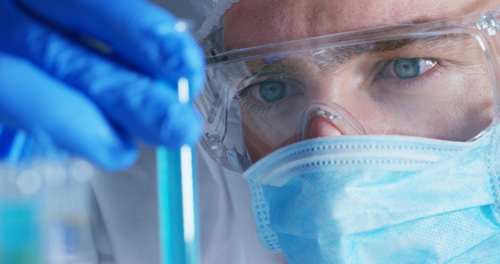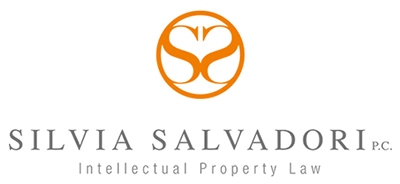Roche Molecular Systems, Inc. v. Cepheid
 In a recent case, Roche Molecular Systems, Inc. v. Cepheid, the Federal Circuit affirmed that claims directed to a nucleotide primer and claims directed to a detection method are invalid under 35 USC § 101.
In a recent case, Roche Molecular Systems, Inc. v. Cepheid, the Federal Circuit affirmed that claims directed to a nucleotide primer and claims directed to a detection method are invalid under 35 USC § 101.
The patent covered primers and methods for a rapid detection of M. tuberculosis on the basis of the presence of nucleotides specific for M. tuberculosis (MTB).
A representative claim included steps of:
(a) subjecting DNA from the biological sample to polymerase chain reaction using a plurality of primers…to amplify…and
(b) detecting the presence or absence of an amplification product, wherein the presence of an amplification product is indicative of the presence of M. tuberculosis in the biological sample and wherein the absence of the amplification product is indicative of the absence of M. tuberculosis in the biological sample.
The Federal Circuit deemed claim 17 representative of the “primer” claims. Claim 17 recites primers containing MTB signature nucleotides that could be used to distinguish MTB from other bacterial species:
Additional claims were directed to the specific primers used in the PCR reaction.
The Federal Court cited the Alice/Mayo step one and concluded that the primers have identical nucleotide sequences as naturally occurring DNA, thus are directed to a natural phenomenon and therefore are patent non-eligible.
Even if the Federal Circuit acknowledged the significance of the discovery, it found it to be irrelevant, even under Alice/Mayo step two under Myriad, 569 U.S. at 591; Ariosa, 788 F.3d at 1379.
The Court distinguished the facts of this case from the CellzDirect case (freezing and thawing hepatocytes): according to the Court, the invention in CellzDirect created an entirely new laboratory technique in contrast, with the present claimed method which is based on a natural phenomenon and employs only conventional, well-known laboratory techniques, which are the opposite of those at issue in CellzDirect.
It should be remembered, however, that on May 2016 the USPTO issued the Life Sciences Subject Matter Eligibility Examples.
Example 29 claim 1 is considered patent eligible and recites:
A method of detecting JUL-1 in a patient, said method comprising:
a. obtaining a plasma sample from a human patient; and
b. detecting whether JUL-1 is present in the plasma sample by contacting the plasma sample with an anti-JUL-1 antibody and detecting binding between JUL-1 and the antibody.
The USPTO commented that although nature-based product limitations are recited in the claim (e.g., the plasma sample and JUL-1), analysis of the claim as a whole indicates that the claim is focused on a process of detecting whether JUL-1 is present in the plasma sample, and is not focused on the products per se.
Accordingly, there is no need to perform the markedly different characteristic analysis on the recited nature-based product limitations.
On the basis of the holding of this case it is not clear what the USPTO will do now.
Please contact me at silvia@salvadorilaw.com with questions or comments.
Silvia Salvadori, PhD

